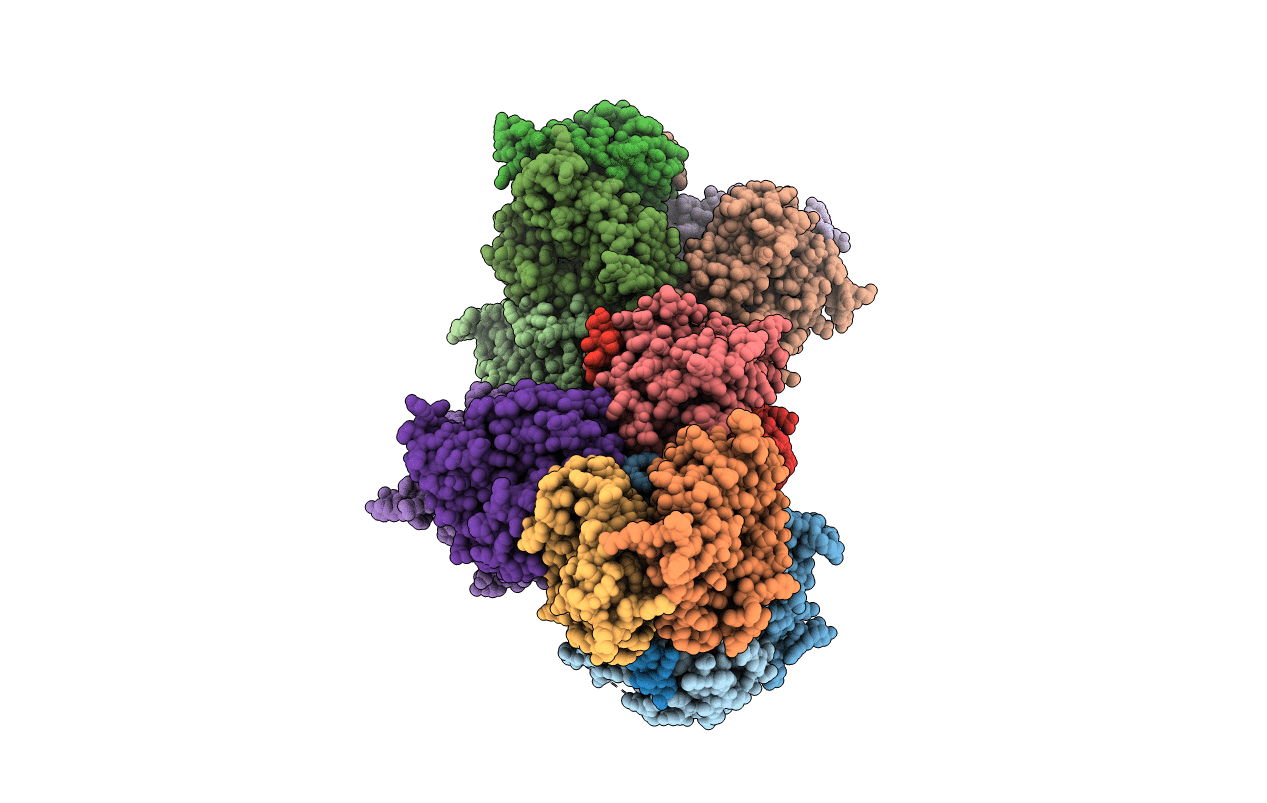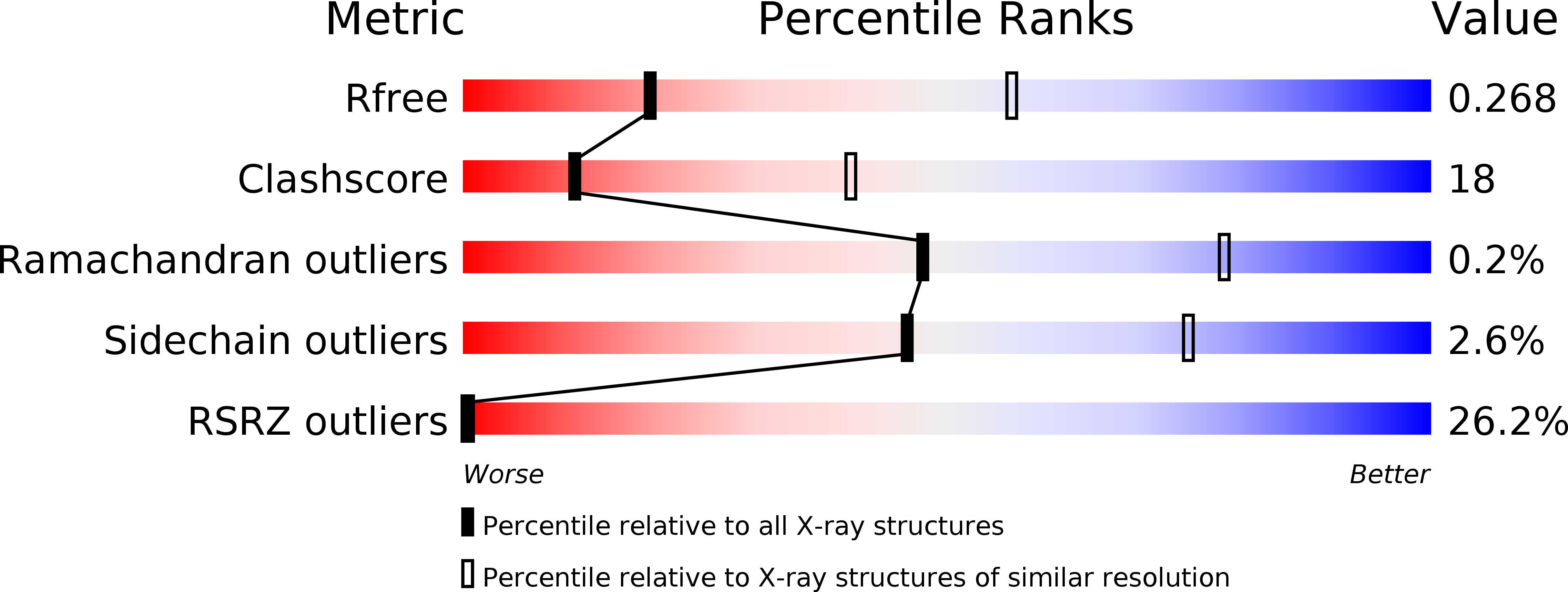
Deposition Date
2018-02-22
Release Date
2019-02-27
Last Version Date
2024-12-25
Method Details:
Experimental Method:
Resolution:
3.17 Å
R-Value Free:
0.27
R-Value Work:
0.26
R-Value Observed:
0.41
Space Group:
P 1 21 1


